Man’s Best Friend Set to Benefit from 3D Printed Implants
The last time I saw Dr Chris Sutcliffe was last summer at the International Conference on AM and 3D Printing, when he was doing his best grumpy old man impression. The grumpiness then was a result of frustrated efforts to commercialise a long running project that had seen Chris and team develop a design and manufacturing process specifically for veterinary implants. Chris’ frown has subsequently turned upside down as his vision looks set to be realized. Chris is a Director of Liverpool-based Fusion Implants, the company that is now bringing metal 3D printed canine implants to market, with the aim of supplying veterinarian surgeries with improved devices for canine knee-reconstruction that ameliorates mobility of injured or lame dogs dramatically.
Speaking with Chris this morning, he tells me that Fusion Implants has just received significant funding from Enterprise Ventures (EV), which manages The North West Fund for Venture Capital together with separate funding from the Technology Strategy Board (TSB). The funding round from EV, at just over the £100k mark, is the first tranche of two, with the second due next year.
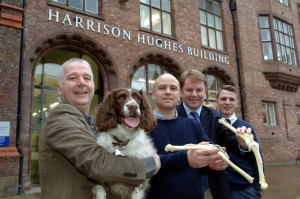 Fusion Implants — a spin-off from the University of Liverpool — will use the investment funding to launch and run the company over the next two years and to work on product development for other implants. The 3D printed canine knee implants — to repair cranial cruciate ligament (CCL) damage — have already started to receive attention in the North West of England, where Fusion Implants is based, with sales ahead of targets already in the first month of operation. Feedback from local veterinary surgeries is extremely positive. The immediate plan is to roll out nationally in the coming months, and then potentially internationally, with the US canine implant market being in the region of $1 billion annually. The focus on implants to overcome CCL damage was driven by research that showed that rupture of this ligament remains the most common orthopaedic problem seen in veterinary practices around the world and can commonly cause knee pain and lameness.
Fusion Implants — a spin-off from the University of Liverpool — will use the investment funding to launch and run the company over the next two years and to work on product development for other implants. The 3D printed canine knee implants — to repair cranial cruciate ligament (CCL) damage — have already started to receive attention in the North West of England, where Fusion Implants is based, with sales ahead of targets already in the first month of operation. Feedback from local veterinary surgeries is extremely positive. The immediate plan is to roll out nationally in the coming months, and then potentially internationally, with the US canine implant market being in the region of $1 billion annually. The focus on implants to overcome CCL damage was driven by research that showed that rupture of this ligament remains the most common orthopaedic problem seen in veterinary practices around the world and can commonly cause knee pain and lameness.
CCL surgery involves a portion of bone being removed from a dog’s tibia to allow the restructuring of the angle of the knee joint, which is subsequently held in place by the implant. The Fusion Implants team thus devised a way to manufacture high-performance veterinary implants from titanium using 3D printing that perform exceptionally well. The new implant technology — covered by extensive patent protection throughout Europe, the USA, Canada and Australia — allows the mass manufacture of porous titanium material. This allows the animal’s bone to grow into the implant, forming a natural bond and improving performance considerably.
Along with Chris, the Fusion Implants team consists of Dr Dan Jones, general manager, and Prof John Innes, Mr Rob Pettitt and Mr Ben Walton from the School of Veterinary Science.
Dr Jones, commented on the developments and why the implants are being so well received: “The use of 3D printing gives greater design freedom than conventional manufacturing techniques and also allows us to combine solid and porous sections for optimum strength and biological performance.” Looking further ahead, Dan also said: “Our future plans include working closely with our veterinary surgeon customers to provide the next generation of animal implants. In particular we will be working on a range of hip implants to suit specific breeds.”
Doug Stellman of EV said: “3D printing is a disruptive technology which could radically change supply chains in many industries, not just the medical sector. It is important that the North West, with its strong manufacturing heritage, takes full advantage of this new technique. Providing companies with finance to invest in new products and equipment is a key part of that.”
A fully justified claim, given that EV also invested in FDM Digital Solutions recently, as reported by Mike, a company that is using 3D printing to create made-to-measure insoles for the NHS in the UK.
There is more news to come from Fusion Implants and from some of Chris’ other projects, but for now, they’re off the record. Interesting though, very interesting indeed ….
Source: 3dprintingindustry.com

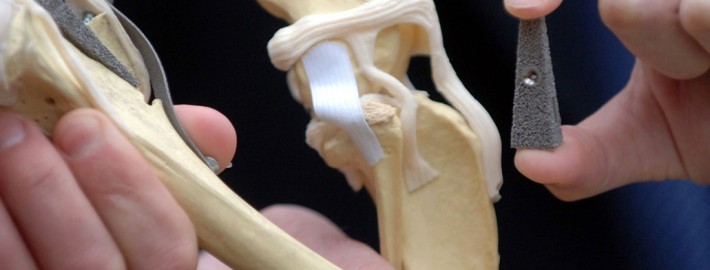
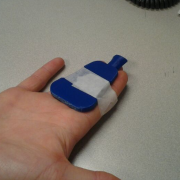
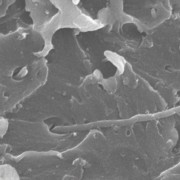
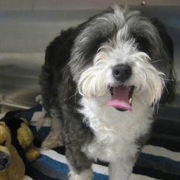
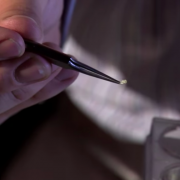
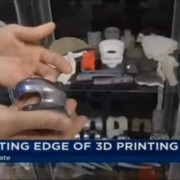
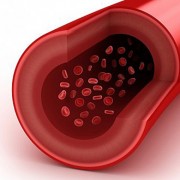
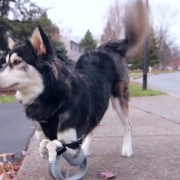
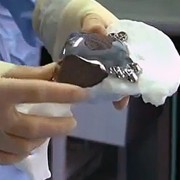



Leave a Reply
Want to join the discussion?Feel free to contribute!